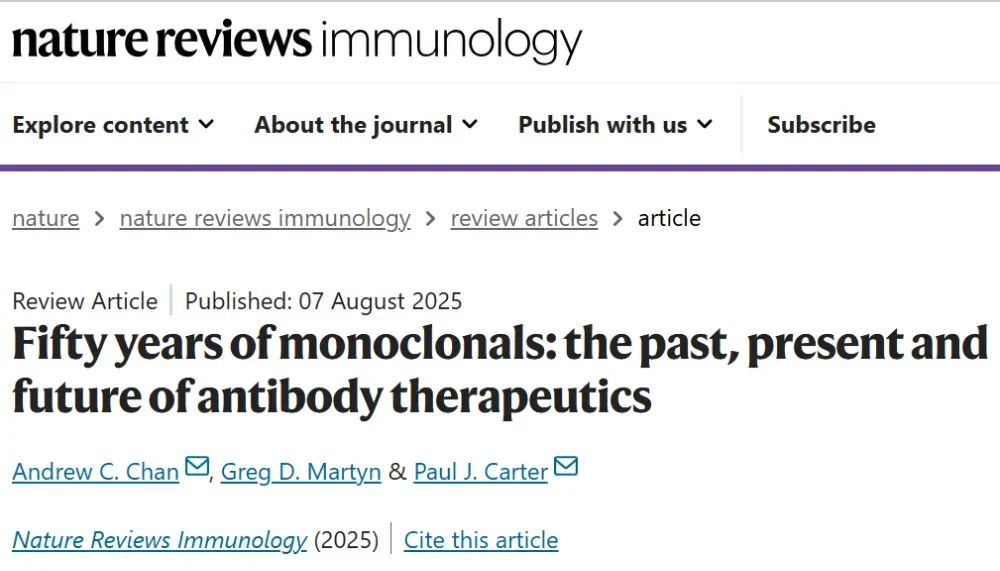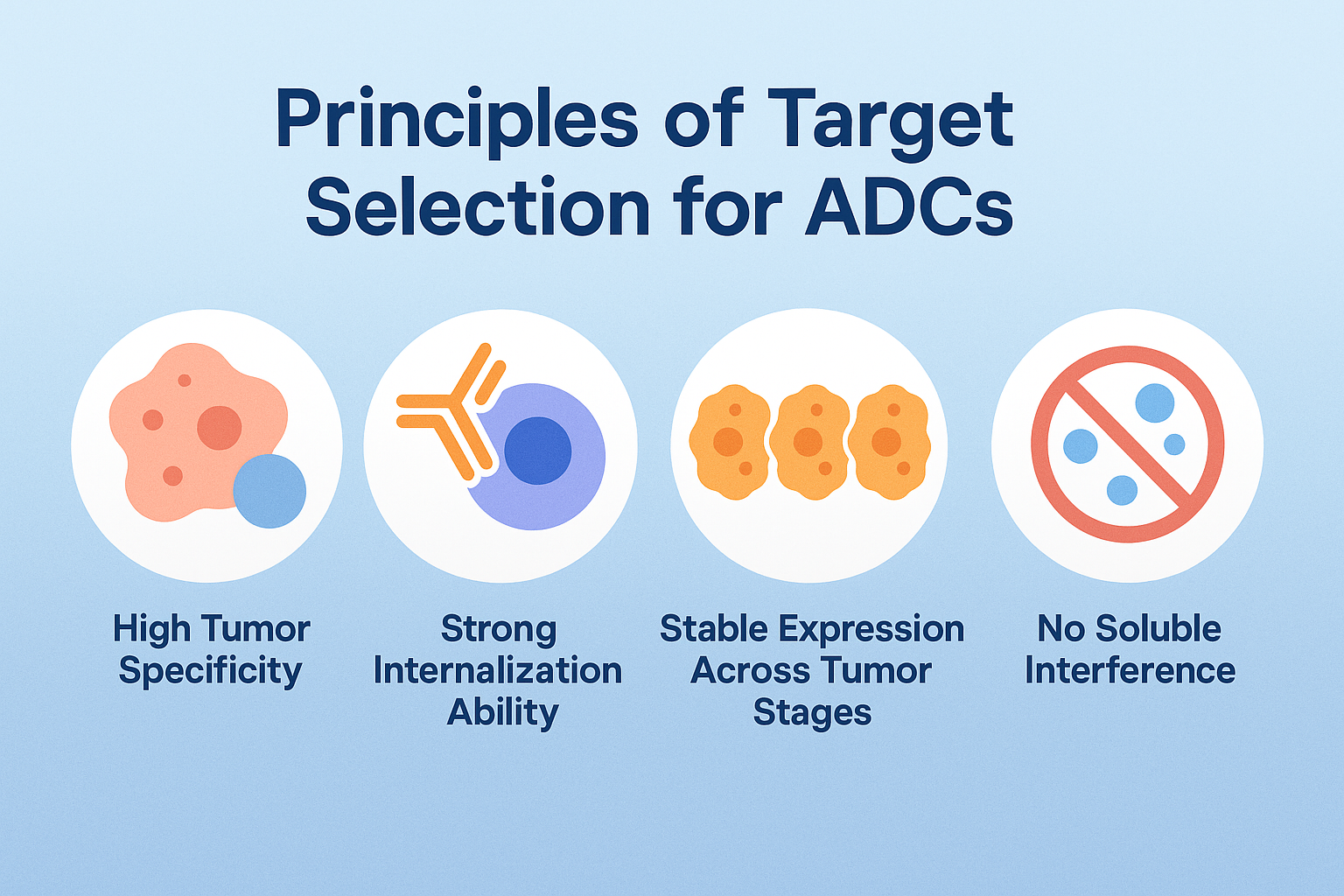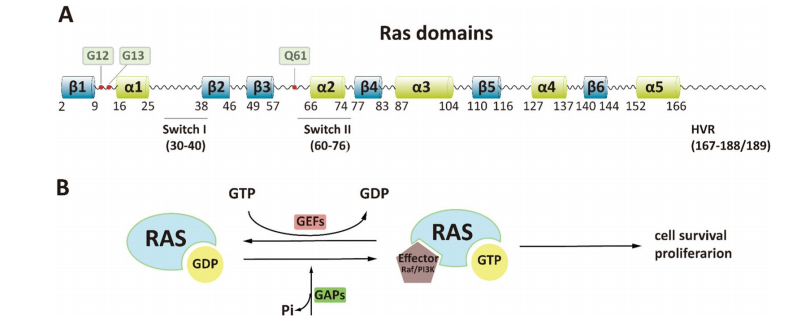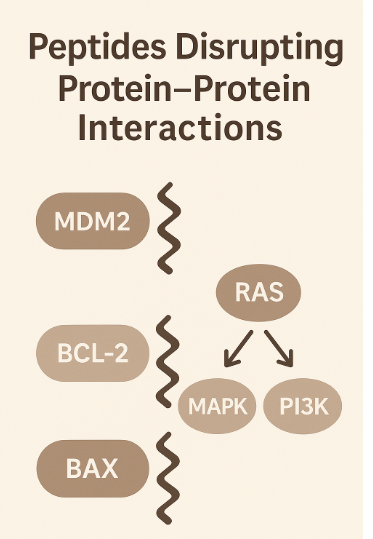What is Asiatic Acid and Used for?
Abstract
Asiatic acid, a plant-derived triterpenoid compound, was extracted from the tropical medicinal plant Centella Asiatica. It has been found to prevent UVA-mediated photoaging, inhibit β-amyloid-induced neurotoxicity, and possess antiulcer and antihepatofibric activities. It also has been reported to exhibit a cytotoxic effect against Hep G2 cells by Ca2+ release and p53 up-regulation.
What is Asiatic Acid?
Asiatic acid, a plant-derived triterpenoid compound, was extracted from the tropical medicinal plant Centella Asiatica. It has been found to prevent UVA-mediated photoaging, inhibit β-amyloid-induced neurotoxicity, and possess antiulcer and antihepatofibric activities. It also has been reported to exhibit a cytotoxic effect against Hep G2 cells by Ca2+ release and p53 up-regulation.
What is it used for?
Asiatic Acid(CAT: R039716) is a pentacyclic triterpene isolated from a variety of plants, including those used in traditional medicine. It has certain anti-inflammatory effects and can also block the generation of tumor cells and tumor blood vessels by inducing cell cycle arrest and apoptosis of tumor cells.
How does it work?
What is breast cancer?
Breast cancer is one of the most common malignancies in women and is the leading cause of death worldwide for women between the ages of 40 and 55 years. This pathology is currently controlled by surgery and radiotherapy and is frequently supported by adjuvant chemo- or hormone therapies.
However, breast cancer is highly resistant to chemotherapy, and there is still no effective cure for patients with advanced stages of the disease, especially in cases of hormone-independent cancer. Effective chemopreventive treatment for breast cancer would have an important impact on breast cancer morbidity and mortality. A series of triterpenes are widely distributed in composite plants, and their biological activities have attracted a great deal of attention. Many triterpenoids have shown promising effects when applied as antineoplastic agents.
The pathway of Asiatic Acid
Eukaryotic cell cycle progression involves the sequential activation of cyclin-dependent kinases, whose activation is dependent upon their association with cyclins. The complex formed by the association of Cdc2 and cyclinB1 plays a major role in entry into mitosis. The phosphorylation of Tyr15 of Cdc2 suppresses the activity of the Cdc2/cyclinB1 kinase complex. Dephosphorylation of Tyr15 of Cdc2 is catalyzed by Cdc25C phosphatases, and this reaction is believed to be the rate-limiting step for entry into mitosis. Cell cycle progression is also regulated by the relative balance between the cellular concentrations of cyclin-dependent kinase inhibitors, such as members of the cyclin-dependent kinase-interacting protein/cyclin-dependent kinase inhibitory protein and inhibitor of cyclin-dependent kinase families, and that of cyclin-CDK complexes. The Cip/Kip family, including p21/WAF1 and p27/KIP, bind to cyclin-CDK complexes and prevent kinase activation, subsequently blocking the progression of the cell cycle at the G0/G1 or G2/M phase.
The mitogen-activated protein kinases (MAPKs), a family of serine/threonine kinases, are mediators of intracellular signals in response to various stimuli. c-Jun NH2-terminal kinase (JNK), p38, and extracellular signal-regulated kinase (ERK) 1/2 are the three main members of three different MAPK pathways that can be activated by growth factors, DNA damage, cytokines, oxidant stresses, UV light, anticancer drugs, and osmotic shock. All three MAPK pathways can be differentially activated, and their involvement in apoptosis is highly context and model-dependent. JNK and p38 are activated by cellular stress and both have been associated with apoptosis. However, there have also been reports indicating that the JNK is required for interleukin-3-mediated cell survival and that p38 is associated with the development of chemoresistance by activating nuclear factor-κB. In contrast, the activation of the ERK1/2 pathway is generally considered to be a survival signal induced by mitogenic stimuli or growth factors against apoptotic signals. However, some of the literature contradicts ERK1/2’s essential role in several types of chemotherapeutic or preventive agent-induced apoptosis, such as taxol, resveratrol, and quercetin. This may be due to the cell type and cell content specificity of apoptosis inducers and their subsequent signaling transduction pathways.
The experimental data of Asiatic acid
Researchers determined the cell growth inhibition activity of Asiatic acid and examined its effect on cell cycle distribution and apoptosis in the two human breast cancer cell lines, MCF-7 and MDA-MB-231. Furthermore, to establish Asiatic acid’s anticancer mechanism, they assayed the levels of cell cycle control and apoptosis-related molecules, which are strongly associated with the signal transduction pathway of apoptosis and affect the chemosensitivity of tumor cells to anticancer agents.
As shown in Figure 1, Asiatic Acid induces the execution of apoptosis through the activation of the mitochondrial pathway. Western blot analysis showed that treatment of MCF-7 and MDA-MB-231 cells with Asiatic acid increased Bax protein levels (Figure 1A). Figure 1B shows that the cytosolic fraction from untreated MCF-7 and MDA-MB-231 cells contained no detectable amounts of cytochrome c, whereas it did become detectable after 12 h of 10 μM Asiatic acid treatment in both MCF-7 and MDA-MB-231 cells.
Hallmarks of the apoptotic process include the activation of cysteine proteases, which represent both initiators and executors of cell death. Upstream caspase-9 activities increased significantly as shown by the observation that treatment with Asiatic acid increased caspase-9 activity in both MCF-7 and MDA-MB-231 cells. This is consistent with the release of cytochrome c into the cytosol (Figure 1C&1D). Furthermore, when cells were pretreated with the specific caspase-9 inhibitor LEHD-CHO before Asiatic acid treatment, the apoptosis induction effect of Asiatic acid decreased in both MCF-7 and MDA-MB-231 cells (Figure 1E).
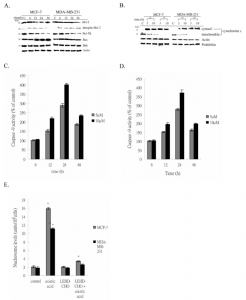
Figure 1 Asiatic acid-induced apoptosis through the initiation of the mitochondrial pathway. The expression level of Bcl-2 family proteins (A) and release of cytochrome c (B) in Asiatic acid-treated MCF-7 and MDA-MB-231 cells. Activation of caspase-9 by Asiatic acid in MCF-7 (C) and MDA-MB-231 cells (D). E, the effect of the caspase-9 inhibitor on Asiatic acid-induced apoptosis. For A and B, cytoplasm and mitochondria were separated from the cell pellets by lysis buffer and centrifugation. The western blotting analysis assessed protein expressions. For C and D, caspase-9 activity was assessed by a caspase-9 activity assay kit. Each value is the mean ± S.D. of three determinations. For blocking experiments, cells were preincubated with 20 μM LEHD-CHO for 1 h before the addition of 10 μM Asiatic acid for an additional 48 h. Each value is the mean ± S.D. of three determinations. The asterisk indicates a significant difference between control and Asiatic acid-treated cells, as analyzed by Dunnett’s test (p < 0.05).
Summary
In the study, they have found that Asiatic acid decreases the expression of cyclinB1, cyclinA, Cdc25C, and Cdc2, whereas it increases the amount of p21/WAF1 and phosphorylation of Cdc2, as well as phospho-Cdc25C. The association of p21/ WAF1 and Cdc2 also increased in Asiatic acid-treated MCF-7 and MDA-MB-231 cells. Therefore, we suggest that Asiatic acid may prove to be a valuable tool for the inhibition of Cdc2/ cyclinB1 and Cdc2/cyclinA complex in breast cancers for the following reasons: 1) the down-regulation of Asiatic acid on cyclinB1 and cyclinA expression; 2) the induction of p21/ WAF1 by Asiatic acid in a p53-independent manner, which may subsequently inhibit the function of Cdc2 by forming Cdc2/p21/WAF complex; and 3) the increase of phosphoCdc25C followed by an increase in inactivated phospho-Cdc2, suggesting that increased phospho-Cdc25C levels may also decrease functioning phosphatase for dephosphorylating and activating Cdc2.
Two major distinct apoptotic pathways have been described for mammalian cells. One involves caspase-8, which is recruited by the adapter molecule Fas/APO-1-associated death domain protein to death receptor upon Fas ligand binding. We did not observe any alteration of either Fas/APO-1 or Fas ligand (mFas ligand and sFas ligand) expression or caspase-8 activation in Asiatic acid-treated MCF-7 and MDA-MB-231 cells. On the other hand, Asiatic acid treatment resulted in a significant increase of Bax expression and a decrease in the amount of Bcl-2 and Bcl-XL, suggesting that changes in the ratio of proapoptotic and antiapoptotic Bcl-2 family proteins might contribute to the apoptosis-promotion activity of Asiatic acid. In addition, the elevation of phospho-Bcl-2 by Asiatic acid treatment further helps to reduce its ability to bind with Bax, leading to enhanced susceptibility of the cells to apoptosis. These regulatory effects of Asiatic acid on the Bcl-2 family are correlated with the release of cytochrome c from the mitochondria into the cytoplasm and the activation of caspase-9. The importance of this pathway was further confirmed by the protection from programmed cell death that is conferred by caspase-9 inhibition.
In conclusion, the study demonstrates that 1) the breast cancer cell lines MCF-7 and MDA-MB-231 are highly sensitive to growth inhibition by Asiatic acid; 2) reduced survival of either of breast cancer cell lines after exposure to Asiatic acid is associated with S-G2/M phase cell cycle arrest and apoptosis induction; 3) Asiatic acid can inhibit cell cycle progression at the S-G2/M phase by increasing p21/Cdc2 interaction and decreasing the expression of Cdc2, Cdc25C, cyclinB1, and cyclinA; and 4) Asiatic acid-induced cell growth inhibition in the MCF-7 and MDA-MB-231 cell lines is mediated by activation of p38 and ERK1/2 kinases, but not JNKs, p53 or Fas/Fas, ligand pathway. Finally, 5) it has also been demonstrated that the p38 pathway may operate in cell cycle arrest induced by Asiatic acid and that the ERK1/2 cascade of events plays a role in the apoptosis, but not in the cell cycle regulation, of these cells. These data provide a basic mechanism for the chemopreventive properties of Asiatic acid in breast cancer cells. Future in vivo studies using animal models and human patients would ascertain whether this proapoptotic effect of Asiatic acid might contribute to its overall chemopreventive effects in the fight against breast cancer and possibly have future therapeutic applications.

